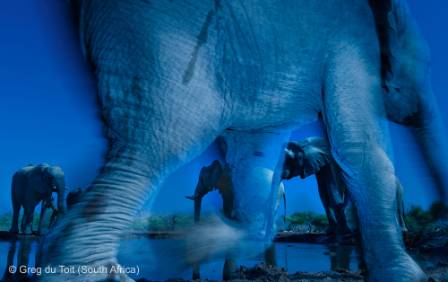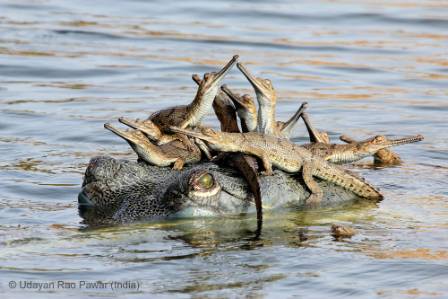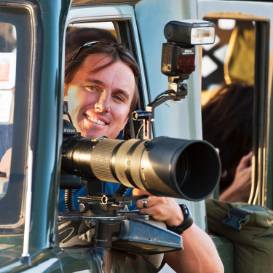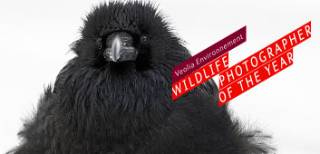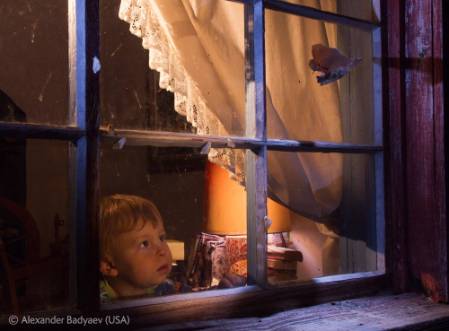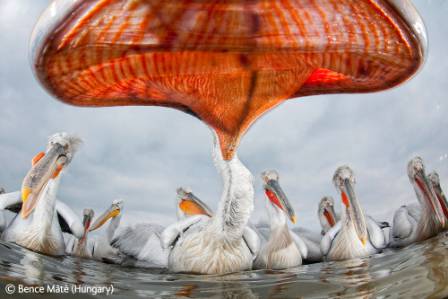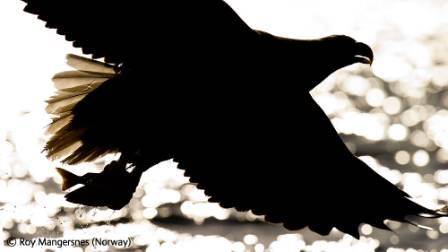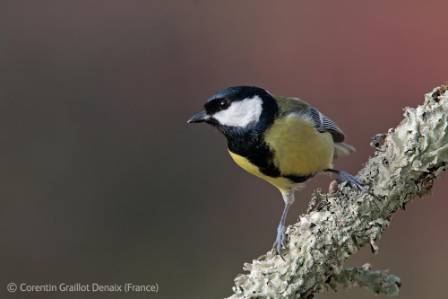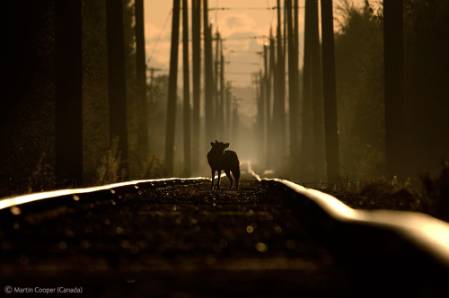This weekend will no doubt be a busy one for the Wildlife Photographer of the Year exhibition in our Waterhouse Gallery. The exhibition closes here at the Museum on Sunday 23 March. However, it's at the later time of 20.00 GMT as we've extended opening for the last day (last admissions are at 19.15 so you have time to view the exhibition).
On Saturday, the exhibition also stays open a little later until 19.15, so book your tickets now if you don't want to miss out. On both evenings, you can also dip into tapas at the bar in the Deli Cafe between 17.30 until 19.30. Check out the exhibition page for more details.
Light path by Charlie Hamilton James, runner-up in the Behaviour: Birds award category, WPY 2013 competition. Select images to enlarge.
Making one last tour of the gallery this morning, I noticed the tiny details in this vivid shot of a kingfisher taken by Charlie Hamilton James in Gloucestershire. The focus may be the motion blur of the bird's dazzling feathers, but look closer and you'll spot a tiny fish in its beak and another attentive kingfisher far away in the distance (the other parent). That's the joy of seeing these unforgettable photographs close up and so beautifully lit in the gallery.
The magical kokerbooms by Ugle Fuertas Sanz, commended in the Botanical Realms category, WPY 2013 competition.
Stars twinkling over kokerbooms on one enchanted night in Namibia is another one - the image comes alive when you stand in front of it. You're beamed into that dream sunsetting scene.
To come across a family of endangered Amur leopards in Russia's Kedrovaya Pad Nature Reserve is a rare and extraordinary sight. Valeriy Maleev's composition of the staring leopards caught in the act among the deer carnage, and blending into the pale jagged rocks, has incredible impact close up.
Survivors by Valeriy Maleev, runner-up in the Gerald Durrell Award for Endangered Species, WPY 2013 competition.
The exhibition of these 100 award-winning images is already on its UK tour, so even though it closes in London this weekend, it will open in Edinburgh and Cardiff shortly with more venues to follow. The 50th competition winners will go on show in the Waterhouse Gallery later in the year in October.
If you've entered the 50th competition, check out the jury who have now started their selection process, with the final judging rounds due in April.









